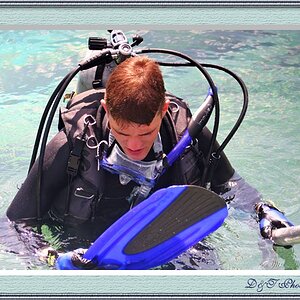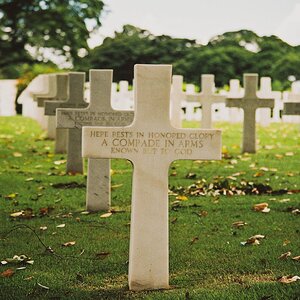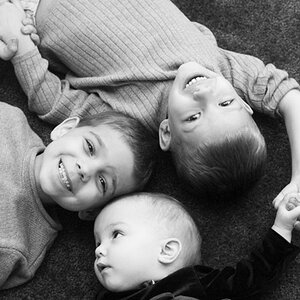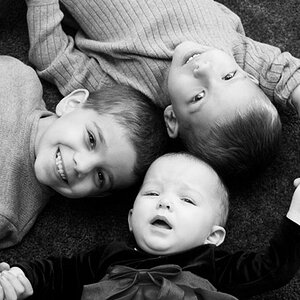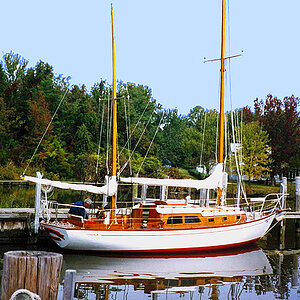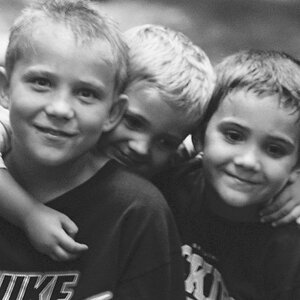bbaker35
TPF Noob!
- Joined
- Sep 30, 2005
- Messages
- 126
- Reaction score
- 0
- Location
- U.S.A.
- Can others edit my Photos
- Photos OK to edit
Let me start by saying that I am such a newbie here, but learning alot and enjoying it too. I picked up a 350D a couple months ago and have taken quite a few shots. I have the kit lens which sucks and also the low end Canon 75-300 f4-5.6 (which I have been very dissapointed with.) I am getting the 50mm 1.8, but am also thinking about getting a flash too. I have asked for the Canon 420X Speedlight...
The only problem is..When I get it I won't have any idea how to use it, what it can do or when to use it.
Is there anyone familiar with Flashes (i'm sure there is) That can give me some flash 101? Any help would be greatly appreciated! Thanks!
B
The only problem is..When I get it I won't have any idea how to use it, what it can do or when to use it.
Is there anyone familiar with Flashes (i'm sure there is) That can give me some flash 101? Any help would be greatly appreciated! Thanks!
B


![[No title]](/data/xfmg/thumbnail/31/31042-2fcf80c8987688129be89876d12ba006.jpg?1619734584)
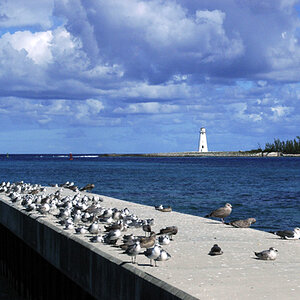
![[No title]](/data/xfmg/thumbnail/41/41930-3f8741ecabbbfd4d67ade3e339078814.jpg?1619739946)
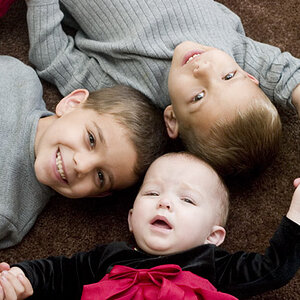
![[No title]](/data/xfmg/thumbnail/31/31039-558cdb3d311dc67b7a2134527e230488.jpg?1619734582)
